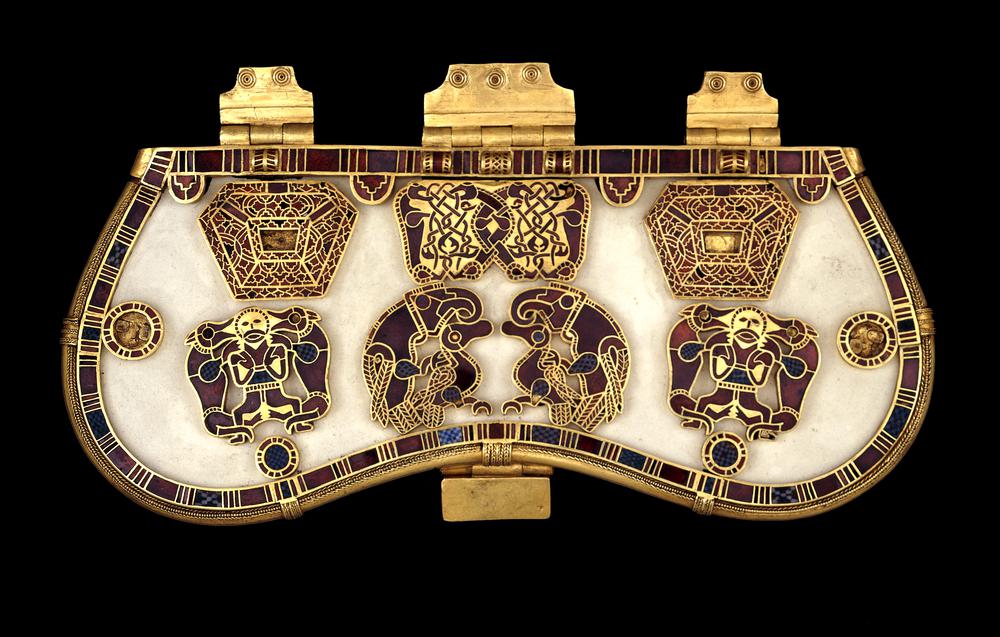One of the things that gets me about this is how long we’ve been using the familiar arch gravestone shape, in so many cultures, for nearly 5000 years since.
Dimensions:
Height: 143 cm / ~4’8" ;
Width: 65.5cm / ~2’2" ;
Thickness: 25 cm / ~10";
Weight: 700 kg / ~1543 lb
Medium:
limestone, protruding bas relief
Text content:
𓅃𓆓𓊁 Ancient Egyptian Hieroglyphic Serekh Name (royal crest, basically) of the Pharoah Djet, represented by the falcon form of the god Horus standing on top of a rectangle with a snake at the top, and the palace façade/doorway architecture on the bottom.
This was like writing out the royal name in a fancy way, eg. “His Majesty, The Serpent Of Horus - The Living Incarnation Of The God Of Kingship, Healing, Protection, And The Sky”. The cobra is the hieroglyphic syllable “Dj” as in English “adjacent”, but we’re not sure if people called him “Djet”. The falcon is the bird-form of the god Horus, everything else is just to indicate the royal title.
Provenance:
Purchased from archaeologist at a public sale in 1904. Now owned by France and in the
Louvre Museum, Department of Egyptian Antiquities


